The Eerie Rise of Witches at the Movies
For more than a century, witches and their works have haunted our cinematic dreams, but in the decades between The Wizard of Oz and Marvel's The Scarlet Witch, have we learned to accept witchcraft as a virtue?
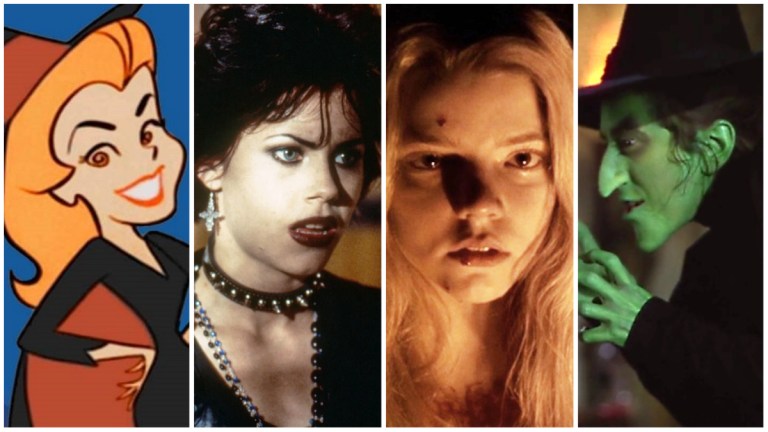
Although most synonymous with the Halloween season, witches have woven their way onto the silver screen at every time of the year since the earliest days of the motion picture. From the Wicked Witch of the West in The Wizard of Oz to the Sanderson Sisters in the Hocus Pocus films, witches have long been popular characters, as well as common archetypes in general, akin to the likes of superheroes, vampires, or even Santa Claus. The witch has kept her place as a very common figure in the stories told on film.
When you think of a witch, you probably picture an image of an old and stereotypically ugly woman cackling on a broomstick or hovering above a cauldron. But if you examine all the many witches that have been a part of cinematic history since its inception, there’s actually a huge variety to the archetype. While the stereotypical witch on a broom image is still prevalent today, the supernatural figures have evolved beyond that, with portrayals of witches including teenagers, housewives, fashion-forward women, and more. Society has influenced the depictions of witches on film and vice versa.
So how exactly did we get to the point where we have such variety to the witch archetype in film?
Before Film
Although there is no clear consensus on the origin of the term witch, much of what has influenced the witch archetype on film, as well as the general American idea of witchcraft, can be traced back to the infamous Salem Witch Trials. It was during this time in the late 1600s that a series of prosecutions for supposed witchcraft was held in Salem, Massachusetts. These were a part of a larger phenomenon of witch hunts around the same time period which took place in colonial America and Europe from the 15th to 18th century, ultimately resulting in tens of thousands of executions.
Mostly gendered, these witch hunts targeted old, poor, and otherwise outcast women, along with those such as healers and midwives. Essentially, it was those deemed untrustworthy or not adhering to gender roles who were accused of witchcraft. Women were the targets because they were generally viewed as the inferior sex and therefore easily susceptible to the wiles of the devil. It was images from this era that predominantly shaped the basis for how witches would be depicted on film.
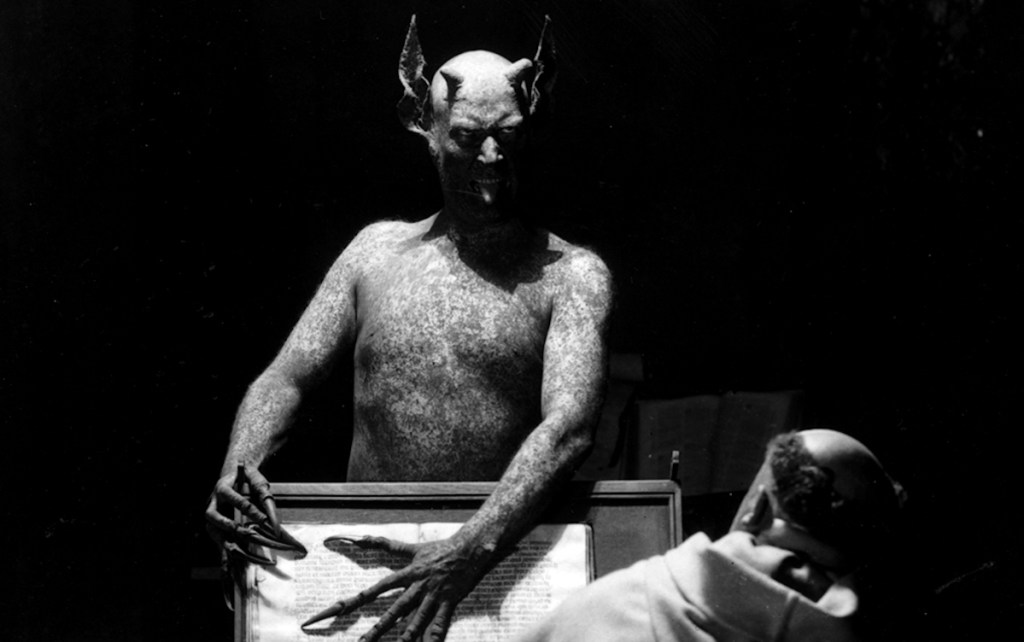
The Silent Film Era
Witches first made appearances in film during the silent era of the early 20th century. Many of these films portrayed witches in retellings of the Salem Witch Trials. A common trope seen was that an outcast woman would be accused of witchcraft, fail to prove her innocence, and then be killed or marry another man and redeeming herself in the eyes of her townspeople.
Conversely, in 1922, a film called Häxan was released. Swedish for “the witch,” Häxan was directed by Benjamin Christensen and blended the genres of documentary and horror to trace the history of superstitions surrounding supposed witches and witchcraft, ultimately dispelling them. With the film, Christensen paints the picture that the witch hunts were a result of a male-dominated society by comparing the witch hunts to the misunderstanding of mental illnesses.
Even though Häxan was by no means revolutionary, and actually received much censorship, its release coincidentally mirrored some relevant societal changes at the time. With the onset of the Jazz Age in the 1920s and ‘30s, along with the 20th century women’s suffrage movement, women began to push back and gained much social, financial, and political independence. This translated onto the screen in that the witch archetype dwindled for a while and films became more morally ambiguous in general.
However, this impacted the financial success of many in the American film industry, which led many studios to enact self-censorship codes, culminating with the Hays Code in 1934. Laced with Catholic overtones, these rules and regulations were a list of do’s and don’ts to prevent moral decline and promote traditional values. As a result, many filmmakers had to make it explicitly clear that evil was wrong and good was right in their works, resulting in the common good vs. evil trope.
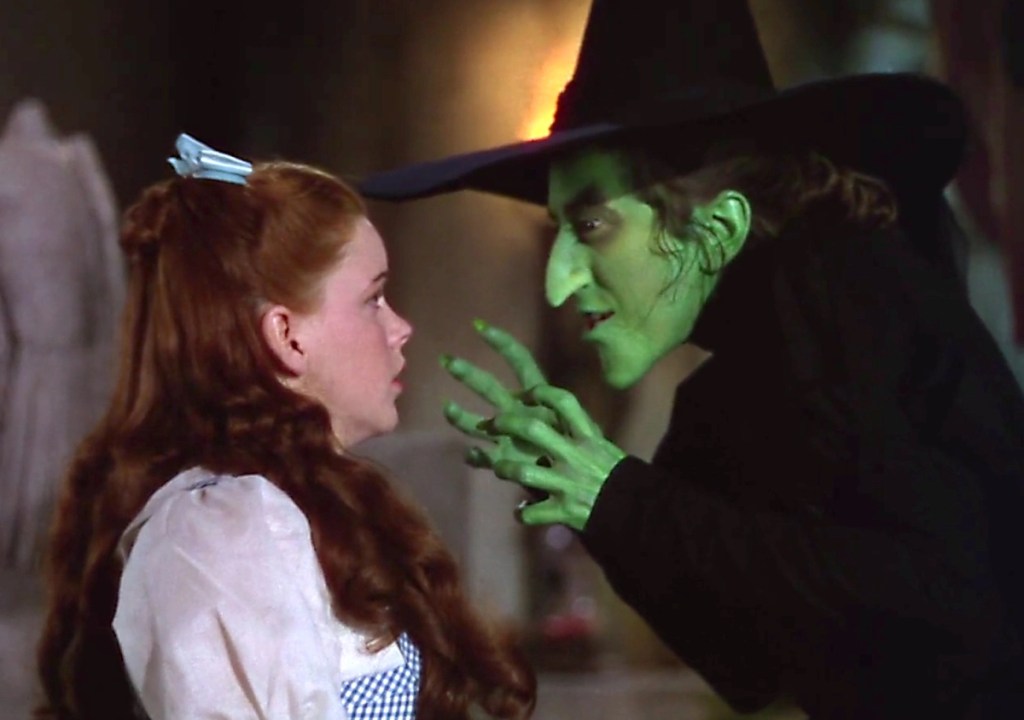
The 1930s and Technicolor
The good vs. evil trope quickly became prevalent in the ‘30s with films involving witchcraft, such as Snow White and the Seven Dwarves (1937). In the film, the Evil Queen is straightforwardly pure evil—she’s vain, she’s cruel, and she’s brutal. She may have had stereotypical beauty, but that’s quickly swept away because of her immorality, when she’s transformed into an “ugly” old witch, there is no possibility of redemption in her. This setup established her as the film’s evil antagonist and villain, especially when framed against the pure and innocent image of Snow White, ultimately making her death justifiable and the story’s ending proper.
Further, The Wizard of Oz’s release in 1939 helped cement this good vs. evil trope, with the juxtaposition of The Wicked Witch of the West and Glinda. Bad things only happen to the Wicked Witch, who commits despicable deeds throughout the film. Additionally, the film strengthened the idea of morality being tied to outward appearance. Not only was this the first major time a witch was depicted as good on film, with Glinda—whose appearance interestingly didn’t go on to influence witches thereafter—but it was also the first time a witch was portrayed as “ugly” by making her green onscreen, and with the now-stereotypical broomstick and pointy hat image. It tied the evil nature of witches to their looks and became a point of reference for all witch depictions thereafter.
This goes without saying that these “ugly” and negative characterizations of witches are chiefly rooted in anti-Semitic stereotypes—large hooked noses, pointed hats, discolored skin, greed, etc. It’s disturbing how along with the gendered treatment of witches, it also went to such lengths as to vilify other minority groups in this way.
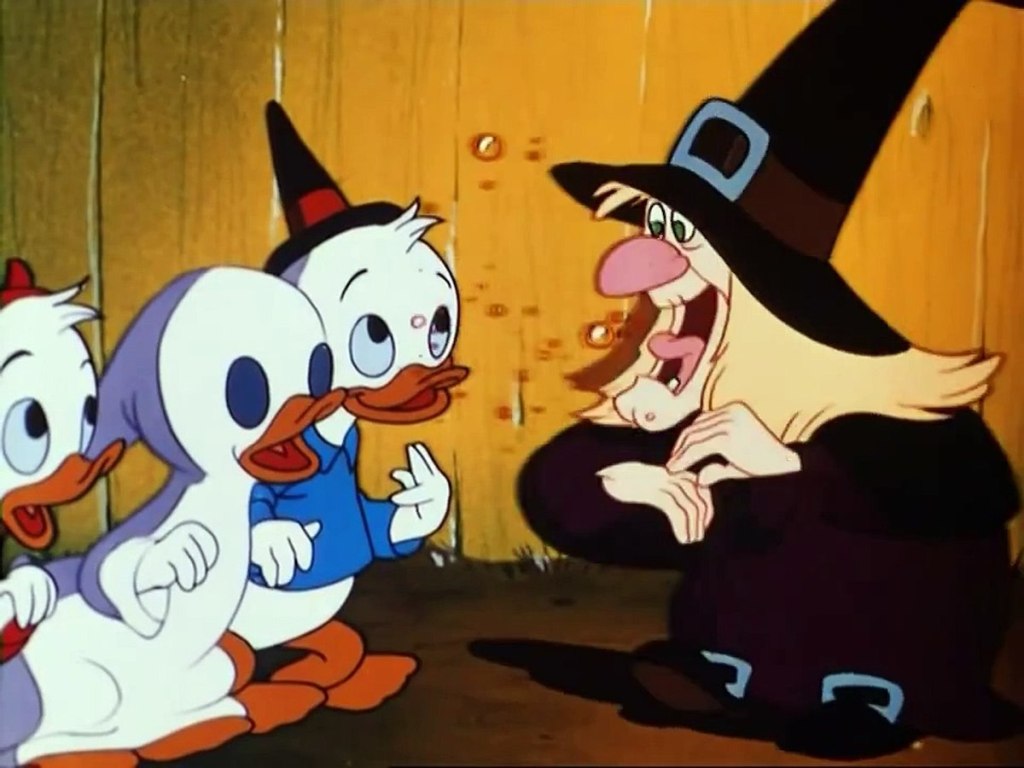
Early Animation
It was Snow White and the Seven Dwarves and The Wizard of Oz that substantially influenced the onslaught of animated witches in the early decades of animation and how they were depicted. With the return in the popularity of Halloween after the Great Depression and World War II, many film studios incorporated witches into their stories to profit, especially by means of inspiring Halloween costumes. Many of these depictions were clearly ultimately inspired by these two films, as these illustrated witches often had pointy hats, colored skin, and rode broomsticks.
Think the Walt Disney Company’s famous cartoon “Trick or Treat” (1952). It helped further popularize the idea of trick or treating nationally and featured Donald Duck being bedeviled by an old witch with a hooked nose on Halloween night.
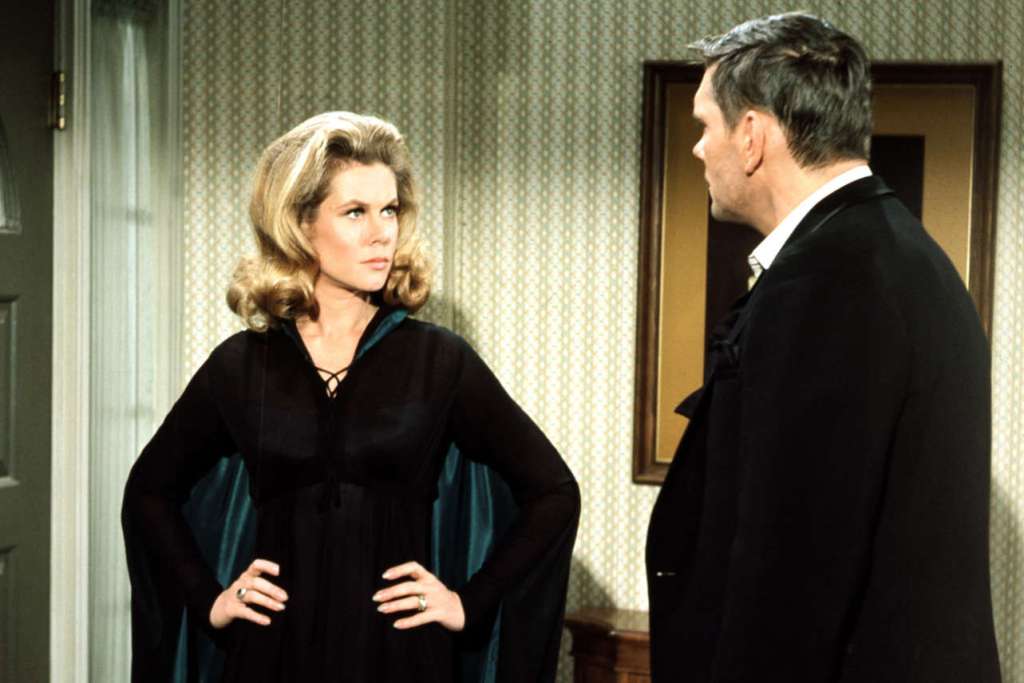
The Mid-20th Century
Up until this point, the view of the witch had mostly been that they were evil or outcast characters on film. But with the invention of television and its subsequent rise, things were about to change. Because of TV’s popularity, many studios sought to capitalize by churning out much content. And sure enough, this content included the witch archetype. But because TV watching was considered a family activity, there was a shift in their depiction, ultimately seeking to make them more accessible and family friendly. This is evidenced in projects like Bewitched (which premiered in 1964), The Addams Family (1964), and Sabrina the Teenage Witch, who first appeared in Archie Comics in 1962.
The witches in these shared some qualities with past depictions, but they also were much more relatable and not particularly framed as evil. For example, Samantha Stephens of Bewitched often dealt with things the average suburban housewife of the time could relate to. Coincidentally, as witches became domesticated, the beginnings of women being able to reclaim the witch label were sparked. Samantha’s storyline directly correlates to the issues women faced during the time period, such as sexual harassment and racism. And similarly, in Sabrina the Teenage Witch comics, Sabrina Spellman had to balance her powers with the everyday struggles of being a teenager.
Additionally, it should be noted that Bewitched was influenced by the films I Married a Witch (1942) and Bell, Book and Candle (1958). Prior to the dawn of television and the greater shift towards domesticating the witch, there was a briefer period when, although sparse, witches made some appearances in film. While their characterizations were surely a shift from the “ugly” old witch image, they were still framed as untrustworthy figures, largely taking on the characteristics of seductress—someone easily identifiable as a threat, in light of the Hays Code. Both of these films include witches who use a love spell or potion to seduce men. And in the latter’s case, she must give up her witchcraft (her powers of independence) to have love. She must be domesticated and sent to the suburbs.

Exploitation Films and the Giallo Era
In 1968, the Hays Code was finally removed. This affected the witch archetype in film, as they were no longer shunned to the victim or villain roles. Instead they could be morally ambiguous, which resulted in their involvement in films being used in much more complex ways. This led to a rise in depictions of wild and sexually liberated witches, witches used to communicate feminist themes, witches engaging in supposed witchcraft—which was also tied to an increase in interest of the occult—and allowed them to crossover into genres not realmed before, like horror.
All of this played a part in the movement of exploitation films in the ‘60s, wherein filmmakers could explore trends, niches, and previously taboo content.
One such subgenre of this exploitation era was the Giallo era of film, which was likely able to find an American audience because of the collapse of the Hays Code leading to Giallos being played in American theaters. Giallo was given to Italian-produced films that blended elements of thrillers, horror, and eroticism. Arguably, one of the most well-known films to perfectly combine this new cinematic freedom and the Giallo era was Dario Argento’s Suspiria, which was released in 1977.
Suspiria follows the story of a dancer named Susie Banion, who goes to a prestigious dance school and is later accused of witchcraft. It is the first in Argento’s trilogy, The Three Mothers, wherein a triarchy of ancient witches ultimately use their power to affect events on a global scale. Along with propelling the liberated freedom in crafting witches on film, Suspiria helped popularize the idea of a witch’s coven.
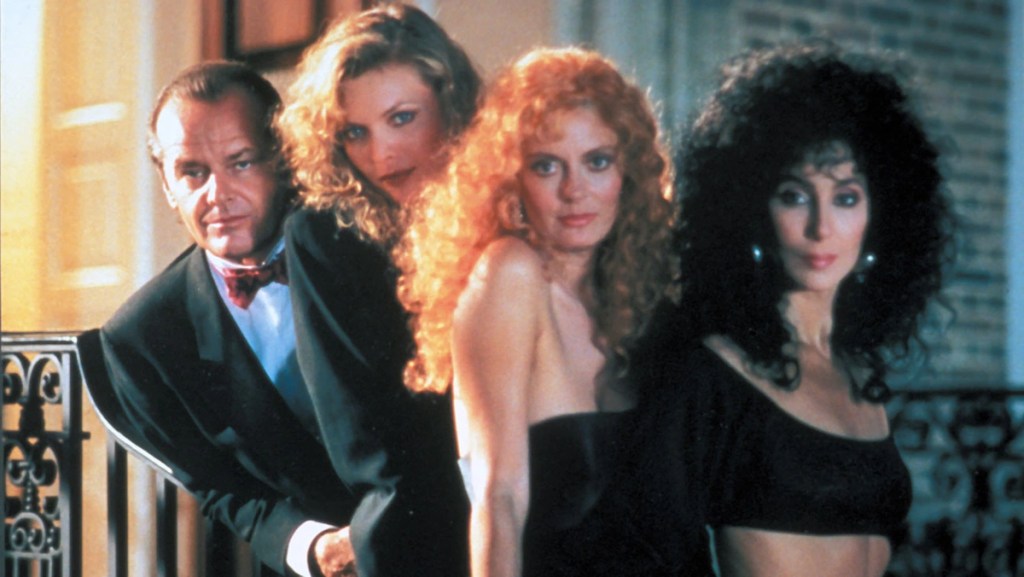
Satanic Panic
Although witches got to do as they please for a period on film, they were interrupted again due to a moment of Satanic panic in the U.S. in the 1980s. During this era, over 12,000 unsubstantiated claims of Satanic ritual abuse were made, which caused an increased interest in the occult and Satanic rituals. As a result, witches became the renewed threat.
Some films with witches were then put on hold and those that were made were to a larger extent framed in ways that wouldn’t alienate audiences. Films like The Witches of Eastwick (1987) and The Witches (1990) allowed for witches to show their comedic side and tapped into themes that would soon become more common among witchy films, like sisterhood and friendship. This era also gave rise to a new generation of historical-based films involving witches where instead of focusing on the relationship between the accused witch and her environment, they focused on the mass hysteria surrounding these stories.
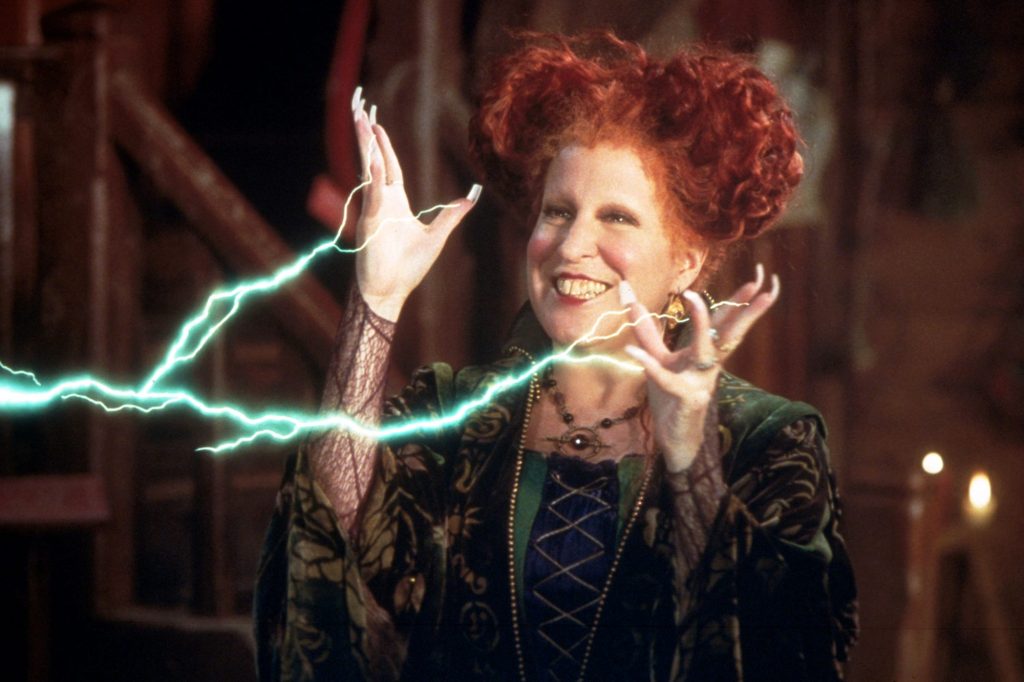
The ‘90s and early 2000s
Thankfully the Satanic panic died down in the ‘90s. Soon after, as if to make up for the lack of witchy films during the paranoia era, a witch craze was sparked and they became everyday characters on film once again. There was a resurgence in family-friendly films featuring witches, with films like Hocus Pocus (1993) and Casper Meets Wendy (1998). Hollywood even capitalized on nostalgia with revivals of The Addams Family in the form of two films and Sabrina the Teenage Witch in multiple forms.
Sabrina Spellman’s resurgence in the ‘90s, along with films like The Craft (1996) and Practical Magic (1998), and series like Charmed (which began airing in 1998) contributed to a spark in interest of younger, teenage witches. These projects had teens and tweens relating to witches, expanding the renewed love of the archetype to younger audiences. And with anxieties about witches waning at this time, the re-incorporation of witchcraft, ambiguity, and darker or previously taboo themes into films was also starting to become prevalent again, subverting paranoia and commenting on the fact that witches were often seen as rebellious outsiders.
Furthering themselves from negative stereotypes even more, other teen shows like Charmed and Buffy the Vampire Slayer (movie in 1992, TV show started in ‘97) played into the girl power movement and overall rise of female badassery on film, with many characters becoming icons and symbols of female empowerment.
The rebranding of witches for kids can’t be elaborated on without mentioning the impact of the Harry Potter films, which kicked off in 2001, by adapting the highly-popular children’s book series that likewise began in the ‘90s. Even with all the religious backlash and banning, the series became a cultural phenomenon, as it actually normalized that witches can be secular and not tied to any religion.
While there was and continues to be controversy surrounding the witch-positive film and book series, the popularity and success of it show negative perceptions of witches have generally waned over time. The normalization of witches for kids would continue with films based on fairy tales and children’s fantasy stories, like The Lion, The Witch, and The Wardrobe—and later with those like Mirror Mirror in the 2010s—in addition to others like the Halloweentown trilogy and Twitches.
Along with being more proof of the successful rebranding of witches for kids, Alex (Tia Mowry) and Cam (Tamera Mowry) Twitches, as well as Rochelle (Rachel True) in The Craft helped open the door to women of color—especially Black women—as witches, as the early 2000s finally saw significantly more witches of color appear in media.
While there were films like The Wiz—the retelling of The Wizard of Oz with an all-Black cast—in 1974, they unfortunately didn’t have a profound impact on representation, with the closest depictions of women of color as witches continuously being confined to those such as voodoo practitioners, witch doctors, priestesses, and fortune tellers.
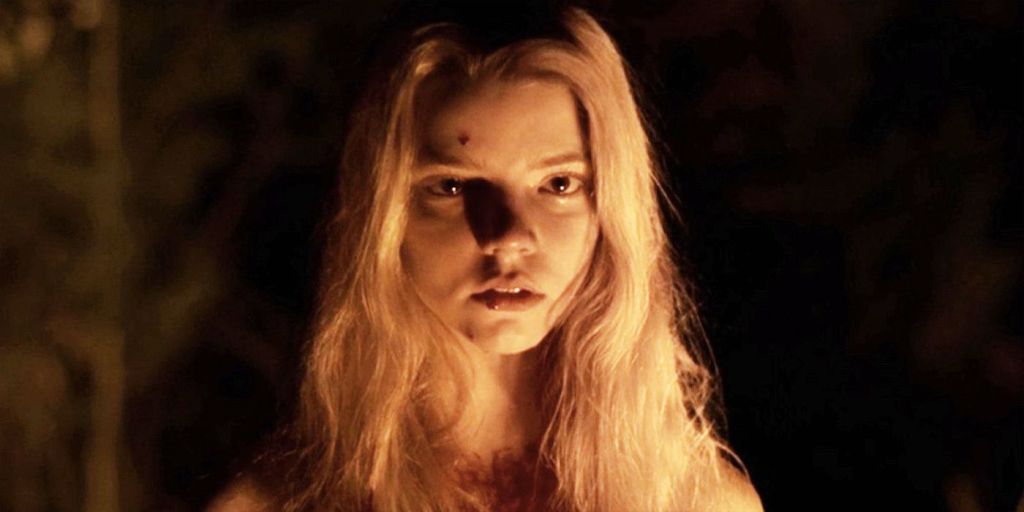
The 2010s
Soon enough, the 2010s finally saw women of color included in the witch archetype, with the likes of Bonnie Bennett (Kat Graham) of The Vampire Diaries, American Horror Story Season 3, a.k.a. Coven’s Queenie (Gabourey Sidibe) and Marie Laveau (Angela Bassett), and Chilling Adventures of Sabrina’s Prudence Blackwood (Tati Gabrielle) gracing television screens. At long last, witches went beyond the white woman stereotype.
American Horror Story: Coven also propelled a new idea of a fashionable witch in 2013. Witches were usually not regarded as particularly fashion-forward beforehand, but in revamping their looks with touches of fashion references and modern style in the pilot scene where Fiona Goode (Jessica Lange) speaks on the importance of wearing black to symbolize their coven’s unity, the characters of the season quickly became viewed as pop culture fashion icons.
The back half of the 2010s have seen a greater push towards feminist messaging with films like The Witch (2015) and The Love Witch (2016). Both are heavily inspired by witch stories of folklore and ancient historical accounts, and both use witches as a symbol for female empowerment. They each highlight the fact that women are often failed by the world around them and overall go to show that the movement in many modern films is to no longer treat the witch as a one-dimensional evil figures, but varied and complex individuals and even feminist icons.
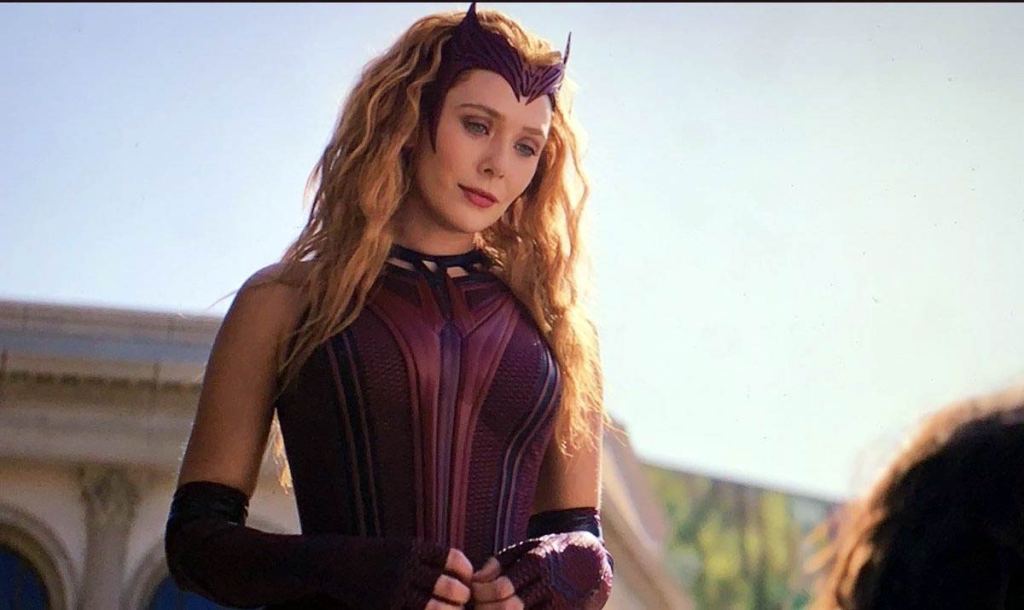
The 2020s
While originality was fairly abundant for a bit, the film industry soon saw a reverting back with multiple reboots, sequels, and remakes involving witches being made. Nostalgia has its grip again, this time coming for films involving witches, resulting in those such as a remake of The Witches in 2020 and a sequel to The Craft in the same year, along with a sequel to Hocus Pocus (1993) in 2022. Despite aspects of these works appealing to some viewers, and they may have been refreshed with contemporary themes, these films have resulted in largely mixed reviews, with critics often commenting on their poor writing and pandering.
Conversely, some projects have done a better job at paying tribute to witches of the past. For example, 2021’s WandaVision, which centers on Wanda Maximoff (Elizabeth Olsen). It not only was able to introduce fans to the Marvel character’s Scarlet Witch moniker, but expand on her ability to harness chaos magic and tie in odes to witchcraft, the Salem Witch Trials, and a variety of witch tropes. The fact it was also structured like a sitcom, with the show moving through different decades of homages to different tropes every episode, also harkened back to the shifting images of witches in pop culture, most notably with an episode based around the beats of Bewitched. Through this characterization, Wanda is a very complex witch—she’s very powerful, but she’s also flawed and just wants to live a typical suburban life, but can’t because of a prophecy.
The Future
The changes and varieties to witches over time echo the changes in society. Whether they’re cackling over a cauldron, casting love spells, taking down their enemies, or maintaining the home, witches can now speak to anyone of any era, especially with there being so many witch iterations and characters—too many to even fit in this article.
And not only have witches been able to take on many characteristics and types, but they’ve become more nuanced overall. What started off as a scapegoat term for women has now been reclaimed. The evolution of pop culture and society at-large has allowed for us to move beyond that and use witches to connect with wider audiences and interweave important messages and themes that will surely continue to evolve for years to come.
